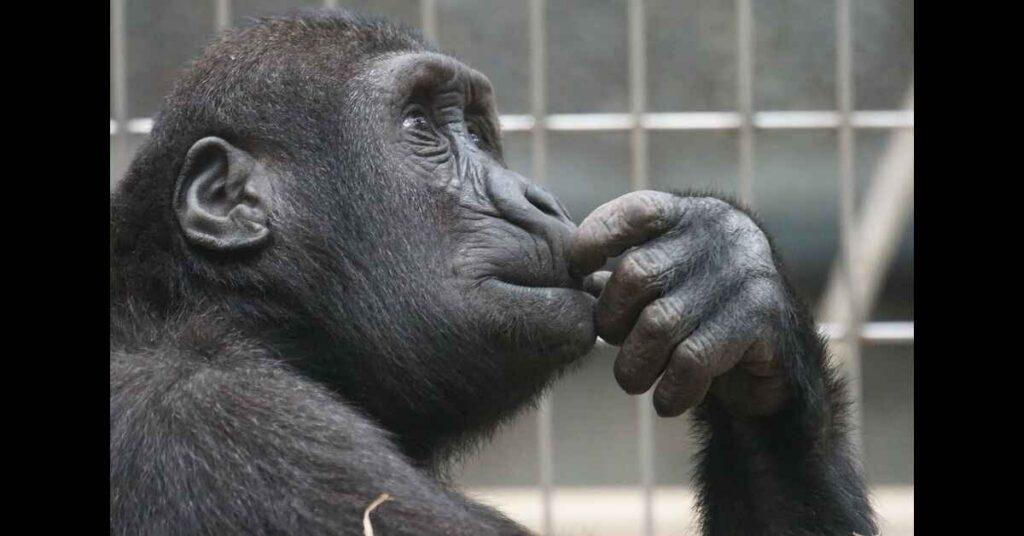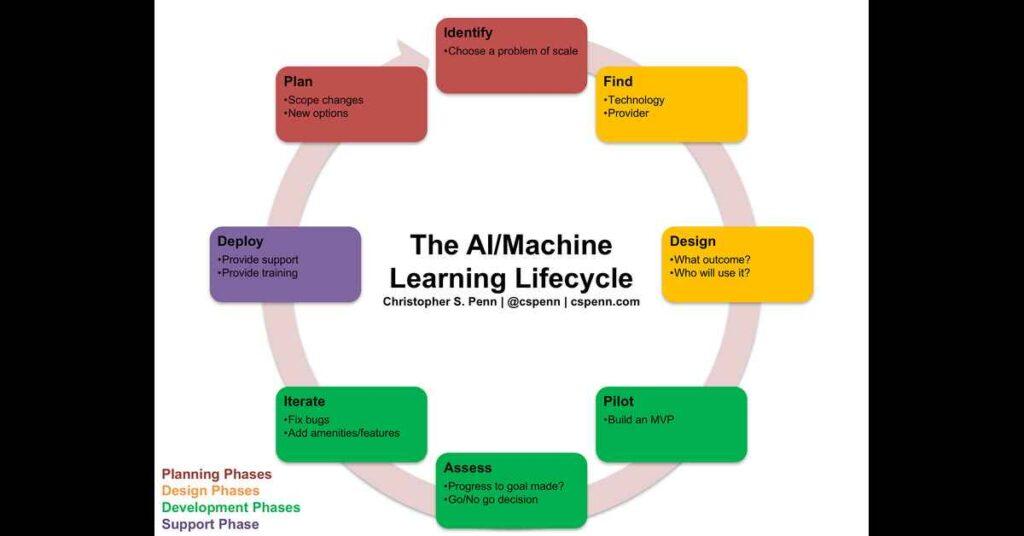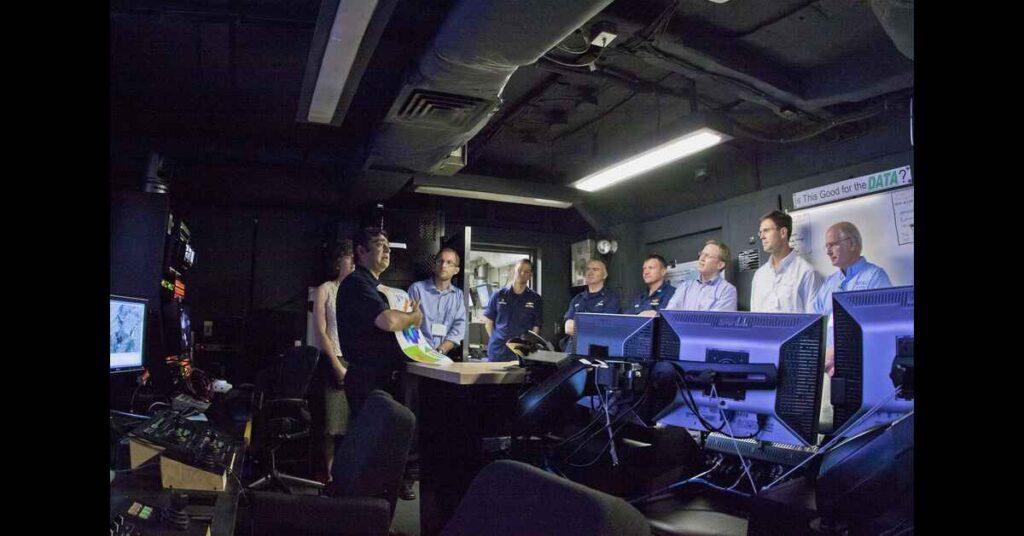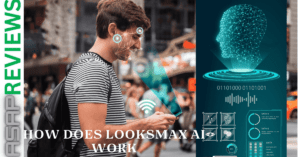A fast-growing subject called AI decoding uses artificial intelligence to interpret and comprehend animal communications. This technology can fundamentally alter how we perceive animals and their communication processes, which could improve how we treat and safeguard them.
Table of Contents
What is AI decoding?
Machine learning and deep learning algorithms are used in artificial intelligence decoding to comprehend animal language.
Large datasets of animal vocalizations, body language, and other communication signals are used to train AI decoding algorithms. Once trained, these systems can be used to recognize patterns and correlations in these signals, allowing the interpretation of the animal’s communication.
Why is Artificial Intelligence decoding (Of Animals) important?
Sustainability and conservation
Artificial Intelligence decoding can track animal populations and track their movements to help us understand and better protect endangered species. For example, the use of AI decoding to track bird migration patterns is being utilized to identify and safeguard significant habitats.
Animal welfare
By using AI decoding, we can gain a deeper understanding of the requirements and preferences of animals, allowing us to better safeguard and care for their wellbeing. For instance, artificial intelligence decoding is being used to design unique enrichment programs for animals in aquariums and zoos.
Scientific research
We can gain further insights into the behavior and cognition of animals by closely analyzing artificial intelligence decoding systems used in animal communication. Artificial Intelligence decoding is being used, for example, to analyze the communication networks of primates such as chimpanzees and bonobos to gain a better understanding of their social behavior and cognitive capacities.
What are the challenges of AI decoding animal language?
The fact that animal communication is frequently complex and nuanced is one of the largest difficulties. Animals use a variety of signs to communicate, including body language, vocalizations, and facial expressions. Artificial Intelligence decoding systems must be able to recognize and decode each of these signals to understand the meaning of the animal’s communication.
Another challenge is that animal communication can vary depending on the context. For example, the same vocalization from a bird could have distinct meanings depending on whether the bird is alerting its offspring of danger or singing to attract a mate. AI decoding systems need to be able to take into account the context of the animal’s communication to understand its meaning.
How can Artificial Intelligence decoding help us understand animals better?
Through the use of AI to interpret animal communication, we can discover more about:
Social behavior
Artificial Intelligence decoding can aid in our understanding of how animals interact with one another, including how they create social relationships, settle disputes, and work together to accomplish shared objectives.

Cognitive abilities
Understanding how animals receive information, deal with challenges, and make decisions can be accomplished through AI decoding.
Emotional experiences
By decoding the feelings that animals experience—such as happiness, sadness, fear, and fury—with artificial intelligence, we can gain a greater understanding of their emotional states.
By applying this knowledge, we might be able to better understand the needs of animals and develop more effective care solutions. For example, artificial intelligence decoding could be used to develop new enrichment programs for zoo and aquarium animals or to enhance conservation strategies for species that are at risk.
Here are some particular instances of how animal understanding is improved by the application of artificial intelligence decoding:
• Researchers are using artificial intelligence decoding to learn more about the communication patterns of primates such as chimpanzees and bonobos. This research is helping us understand more about their social behavior and intellectual capacities.

• Researchers are using AI decoding to learn more about bird communication. Because of this research, we now know more about their social interactions and methods for navigating their environment.
• Researchers are using AI decoding to learn more about the communication systems of whales and dolphins. We are learning more about their culture and social behavior thanks to this research.
How animal language is being decoded by AI
By employing machine learning and deep learning algorithms to search for patterns and correlations in animal vocalizations, body language, and other communication signals, artificial intelligence decoding is being utilized to decode animal language. From these patterns and relationships, one can then infer the meaning of the animal’s communication.
Machine learning
Machine learning, a type of artificial intelligence (AI), allows software programs to predict events more precisely without having that functionality explicitly built into them. Algorithms that use machine learning forecast new output values using historical data as input.
Machine learning is crucial for decoding AI. Artificial Intelligence decoding algorithms employ machine learning to identify patterns and correlations in animal vocalizations, nonverbal cues, and other communication signals. The meaning of the animal’s message can then be deduced from these patterns and connections.

Deep learning
Deep learning is a type of machine learning, that uses artificial neural networks to learn from data. Neural networks, able to understand complex patterns in data that would be difficult or impossible to learn with traditional machine-learning approaches, are inspired by the structure and functions of the human brain.
Deep learning is a powerful technology that could revolutionize several industries, including artificial intelligence’s decoding. Complex patterns in animal vocalizations, body language, and other communication signals can be learned using deep learning algorithms. The significance of the animal’s communication can then be deduced using this information.
Natural language processing
Deep learning is a type of machine learning, that uses artificial neural networks to learn from data. Neural networks, able to understand complex patterns in data that would be difficult or impossible to learn with traditional machine-learning approaches, are inspired by the structure and functions of the human brain.
Deep learning is a powerful technology that could revolutionize several industries, including artificial intelligence’s decoding. Complex patterns in animal vocalizations, body language, and other communication signals can be learned using deep learning algorithms. The significance of the animal’s communication can then be deduced using this information.
Computer vision
Computer vision algorithms are used to extract data from images and videos, such as detecting faces, objects, and scenes. Subsequently, this understanding can be utilized to appreciate the importance of animal cues.
Projects using artificial intelligence to interpret animal language examples
- Honeybee language: Researchers at the University of California, Berkeley created one such artificial intelligence (AI) system to identify and categorize the many noises that bees make when communicating with one another.
- Bird language: Scientists are interpreting bird language with the use of artificial intelligence, which could improve our understanding of the birds’ social structures and communication styles. For instance, Cornell Lab of Ornithology researchers are using AI to analyze songbirds’ songs to learn more about their territorial behavior and preferred partners.

- Cetacean language: The language of whales and dolphins is being decoded by researchers using AI, which could help us better comprehend their social interactions and culture. For example, researchers at the University of Oxford are using AI to analyze the vocalizations of sperm whales to better understand their social structure and communication techniques.
- Primate language: To learn more about the cognitive capacities and communication networks of animals like chimpanzees and bonobos, researchers are employing artificial intelligence (AI) to decipher their language. For instance, researchers at the Max Planck Institute for Evolutionary Anthropology are using AI to assess the vocalizations of the animals to better comprehend chimpanzee social interactions and emotional states.

Artificial intelligence’s potential for translating animal language
Here are some particular instances of future applications for artificial intelligence decoding:
Animals housed in zoos and aquariums may benefit from new enrichment programs developed using artificial intelligence decoding, which could enhance their quality of life.
AI decoding might track animal movements and population sizes to protect endangered species and identify threats to their habitats.
Artificial intelligence decoding, for instance, might be used to develop new techniques for animal communication by teaching AI systems to identify and respond to animal vocalizations. This could help us understand animal needs better and provide them with better care.
At last, we have a conclusion
Artificial intelligence (AI) decoding is a fast-developing field that could fundamentally alter our understanding of animals and their communication systems. By using AI to translate animal language, we can gain a deeper understanding of animal needs, preferences, and behavior. This will enable us to provide for and care for animals more effectively.
Artificial intelligence decoding has advanced significantly, even if it is still in its infancy. Researchers are utilizing artificial intelligence (AI) to decode the languages of many different organisms, such as birds, whales, dolphins, honeybees, and primates. Among other things, these projects are expanding our understanding of animal cognition, social behavior, and communication mechanisms.
Artificial intelligence’s ability to interpret animal language is quite promising. We may anticipate learning more and more about the intriguing world of animal communication as AI technology advances. AI decoding has the power to radically change our understanding of animals and help us build stronger relationships with the natural world.
Proudly powered by WordPress
Image Courtesy of Virginia Sea Grant via Creative Commons License.
Image Courtesy of Christopher Penn via Creative Commons License.




